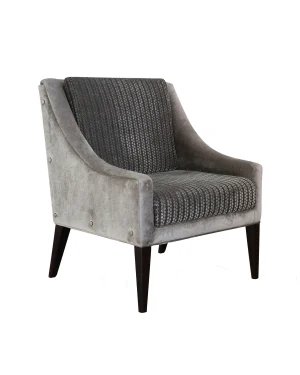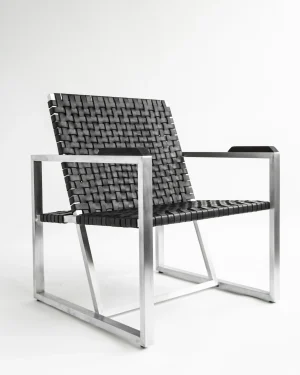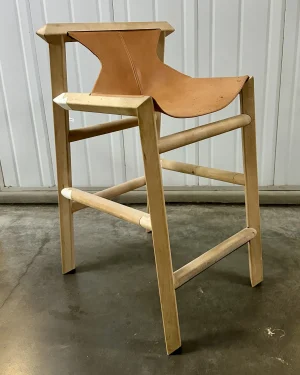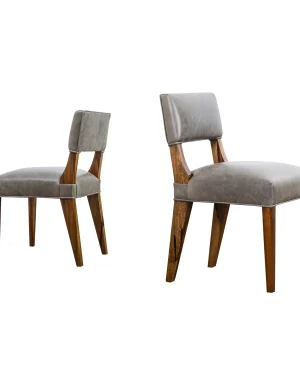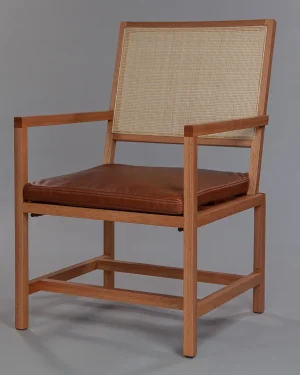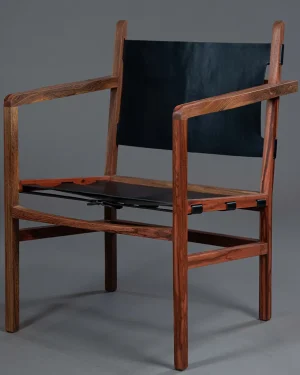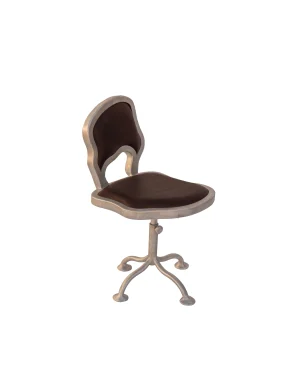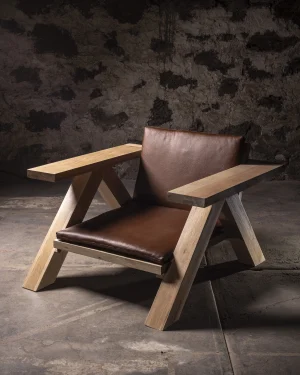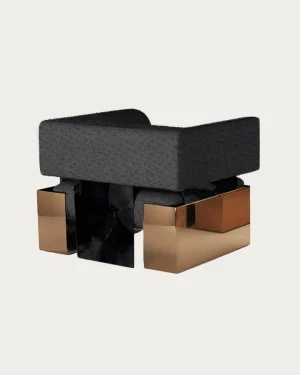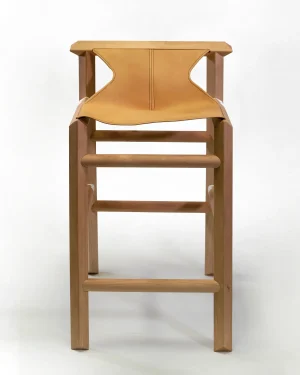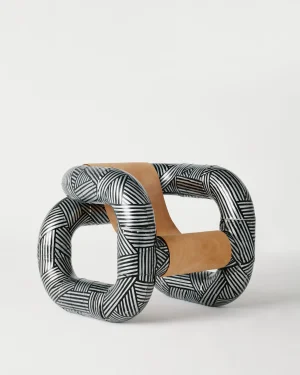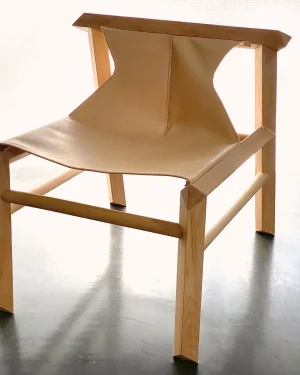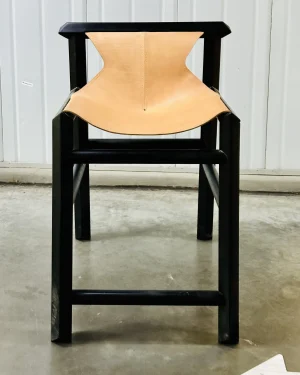Leather Chairs: A Touch of Elegance for Your Space
Leather chairs combine timeless elegance, unmatched comfort, and enduring quality. Whether you’re seeking modern Minimalism, contemporary flair, or statement-making designs, leather chairs offer versatility and sophistication. With high-end craftsmanship and premium materials, they transform any room into a stylish haven.
The Golden Era of Leather Chairs: Mid-Century Modern Design
Leather chairs reached their peak in popularity during the Mid-Century Modern era, which spanned from the 1940s to the 1960s. This period embraced sleek lines, functional form, and innovative materials, with leather playing a central role. Designers like Charles and Ray Eames, Arne Jacobsen, and Hans J. Wegner crafted iconic leather chairs that became synonymous with modern luxury and timeless style. These chairs were not only aesthetically pleasing but also ergonomic, marking a shift toward comfort and practicality in design. The Mid-Century Modern movement helped elevate leather as a staple in high-end furniture design.
Why Choose Leather Chairs?
Leather chairs offer a blend of timeless elegance, unmatched comfort, and exceptional durability, making them a versatile choice for any interior. Here are the key reasons why they stand out:
Elegance That Lasts
Leather chairs exude a luxurious aesthetic, with their natural textures and rich finishes elevating any space. They seamlessly integrate into both modern and classic decor, ensuring they never go out of style.
Versatility for Every Room
From sleek offices to inviting living rooms, leather chairs adapt effortlessly to various settings. Their wide range of designs, including modern leather chairs and contemporary leather chairs, ensures a perfect fit for any interior.
Built to Last
Crafted from premium materials, leather chairs are designed to endure years of use without losing their charm. High-quality leather resists wear and develops a beautiful patina over time, adding to its character.
Effortless Maintenance
Leather chairs are easy to care for, requiring only occasional cleaning to maintain their pristine look. Their durability and low-maintenance nature make them ideal for both busy households and professional spaces.
Exceptional Comfort
The natural softness of leather ensures a comfortable seating experience, while ergonomic designs provide the support needed for extended use. Whether in a home office or a cozy reading nook, leather chairs offer both style and relaxation.
A Material Beyond Time and Trends
Leather transcends design movements, embodying timeless appeal and adaptability. Much like Minimalism, Bauhaus, and Coastal styles, leather seamlessly integrates across diverse aesthetics, from the boldness of Brutalism to the opulence of Maximalism. It reflects the simplicity of Minimalism, the innovation of Radical design, and the futuristic vision of the Space Age. Its versatility allows leather to adapt to any era, creating pieces that endure through changing design trends, while offering both functionality and elegance. Through every form and expression, leather remains a material that stands above time.
Be inspired: Shop 10 Pieces of Unique Leather Furniture For You
Styles of Leather Chairs
Leather chairs come in a range of styles designed to meet diverse needs and tastes. Here are the most popular options to consider:
Modern Leather Chairs
For those who love clean lines and functional design, modern leather chairs are an ideal choice. These chairs focus on simplicity and practicality, often featuring streamlined silhouettes and neutral color palettes. Perfect for home offices or minimalist living rooms, modern leather chairs offer an understated elegance that blends seamlessly into contemporary interiors. Pair them with sleek metal desks or glass coffee tables for a cohesive modern look.
Contemporary Leather Chairs
Contemporary leather chairs are defined by their bold, innovative designs. They often feature unique shapes, vibrant colors, or mixed materials, making them a standout piece in any room. Whether paired with a plush sofa or used as a striking accent in a dining room, these chairs balance artistic flair with everyday functionality. Popular in eclectic spaces, contemporary leather chairs can bring a touch of creativity to otherwise neutral settings.
Designer Leather Chair
If you’re looking for something truly special, a designer leather chair offers a bespoke touch to your decor. These chairs are crafted with meticulous attention to detail and are often the centerpiece of luxury interiors. Ideal for sophisticated offices, chic living rooms, or boutique-style bedrooms, a designer leather chair combines art and utility like no other.
How to Style Leather Chairs in Every Room
Leather chairs are versatile, timeless pieces that can elevate the ambiance of any room. Their luxurious appeal, combined with durability and comfort, makes them a perfect fit for a variety of spaces. Whether you\'re looking to create a cozy corner, a chic statement, or a sophisticated workspace, leather chairs blend effortlessly with diverse interior styles. Below are some ideas on how to incorporate these elegant chairs into every room of your home or office:
Living Rooms
Leather chairs bring a sense of warmth and sophistication to living rooms. Whether as part of a lounge set or as single accent chairs, they pair beautifully with coffee tables, rugs, and other decor elements. For a modern touch, opt for sleek designs in neutral tones. For a more eclectic vibe, choose bold colors or unique shapes to make a statement.
Offices
For home or corporate offices, leather chairs deliver a professional and polished look. Ergonomic designs ensure comfort for long work hours, while their high-end appeal complements sleek desks and minimalist setups. Consider modern leather chairs for a clean and structured workspace or designer leather chairs for an executive touch.
Dining Areas
In dining rooms, leather chairs combine style and practicality. Their easy-to-clean surfaces make them perfect for everyday use, while their refined appearance enhances the elegance of dinner gatherings. Contemporary leather chairs with vibrant finishes or mixed-material frames are excellent choices for modern dining spaces.
Bedrooms
Leather chairs can also add a touch of luxury to bedrooms, serving as a cozy reading nook or a stylish statement piece near a window or vanity. Opt for softer tones like cream or tan to create a calming atmosphere, or choose dark hues for a bold, dramatic effect.
Lounges and Waiting Areas
In lounges or reception areas, leather chairs make an excellent first impression. Their sleek appearance and premium quality create an inviting and comfortable ambiance for guests. Choose designer leather chairs with distinctive shapes or embellishments to elevate the overall aesthetic.
The Art of Leather Craftsmanship
Every leather chair is a testament to the artistry and skill involved in its creation. From hand-selected materials to precision stitching, the craftsmanship behind leather chairs ensures each piece is unique and of the highest quality. Detailed finishes, such as tufted backrests or intricate embossing, add character and refinement, making these chairs a true work of art. Whether you choose a modern or designer style, the attention to detail in every seam and curve elevates the overall aesthetic of your space.
Why Choose Adorno for Leather Chairs?
- Craftsmanship and Quality: ADORNO’s leather chairs are a testament to exceptional craftsmanship. Using only the finest materials, ADORNO creates pieces that combine beauty, comfort, and durability. Every chair is thoughtfully designed to meet the highest standards of quality and aesthetics.
- Diverse Styles: From modern leather chairs to bespoke designer leather chairs, ADORNO’s collection caters to every taste and need. Whether you’re decorating a minimalist office or a bold living room, you’ll find the perfect piece in ADORNO’s selection.
How Can Adorn’s Leather Chairs Transform Your Space?
ADORNO’s leather chairs are a true symbol of elegance, quality, and functionality. With a wide selection ranging from sleek, minimalist designs to bold, contemporary creations, they offer options to suit every style and need. Each chair is crafted from the finest materials, ensuring unparalleled durability and comfort. Their sophistication and versatility make them perfect for enhancing any room, while their timeless appeal guarantees they remain a cherished part of your decor for years to come.
Explore ADORNO’s collection of leather chairs today and elevate your space with the perfect blend of luxury and comfort.
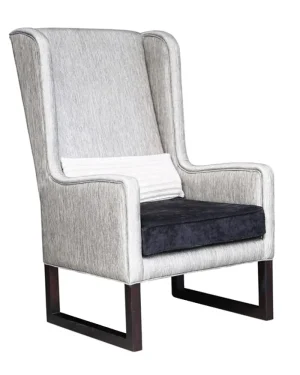
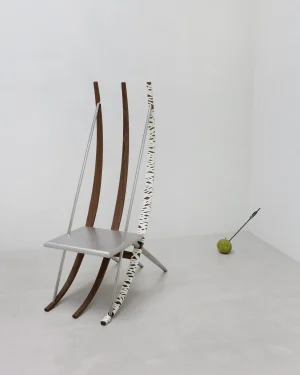 In stock
In stock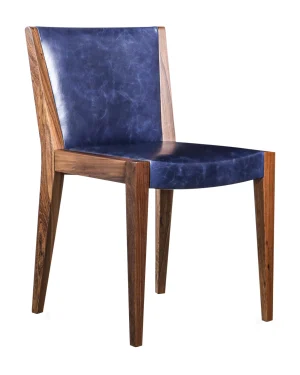
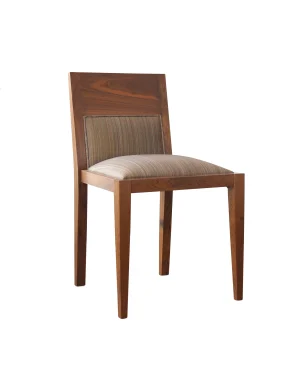
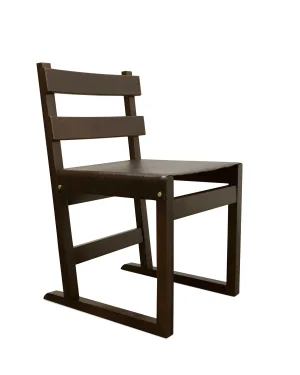
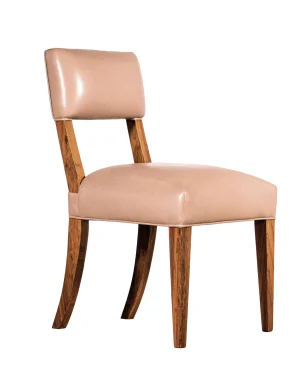
 In stock
In stock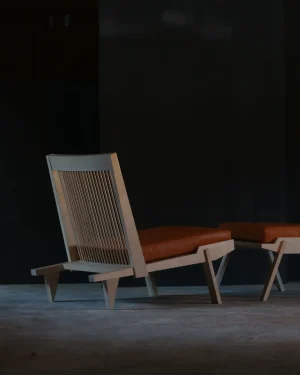 In stock
In stock
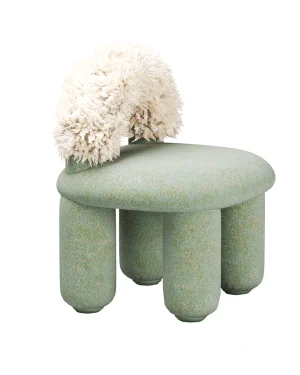
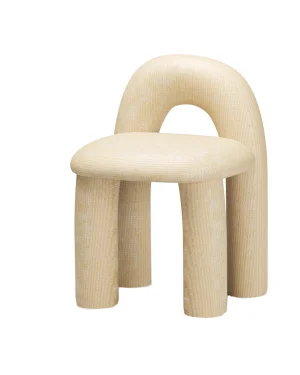
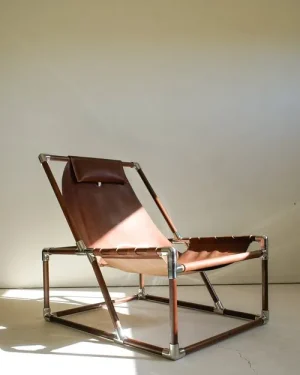


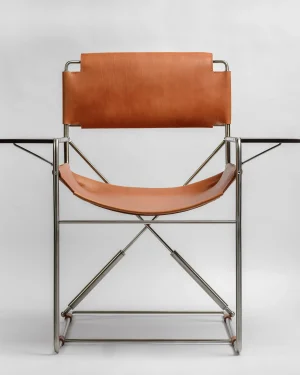
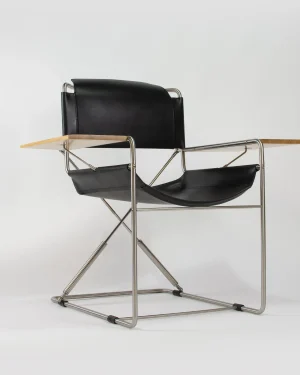
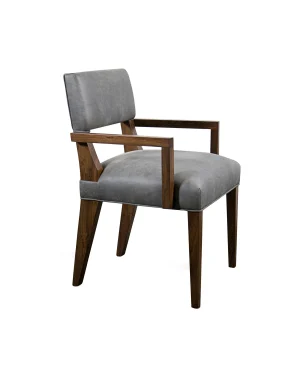 In stock
In stock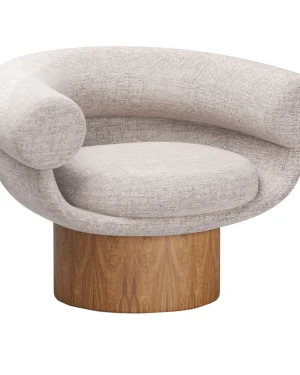
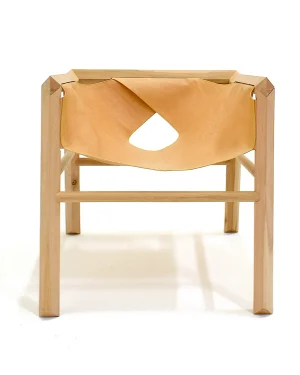
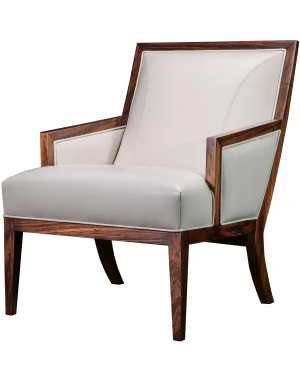
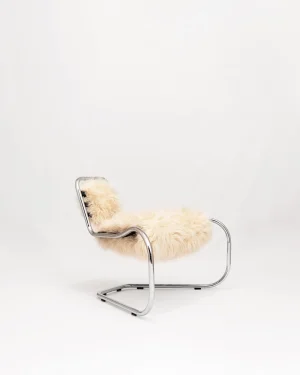
 In stock
In stock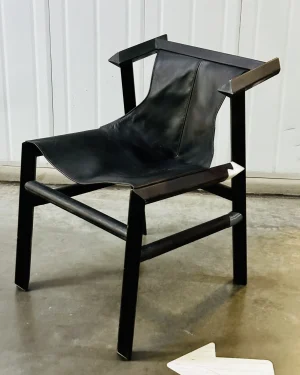 In stock
In stock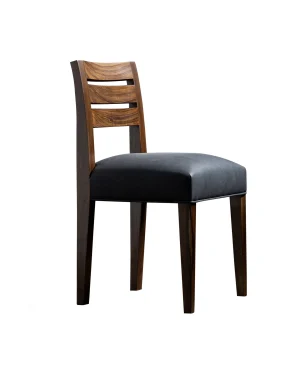 In stock
In stock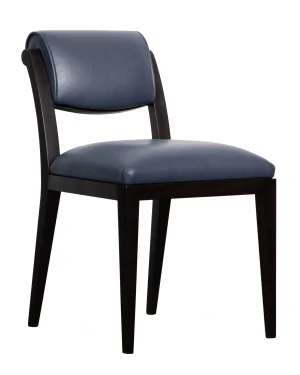 In stock
In stock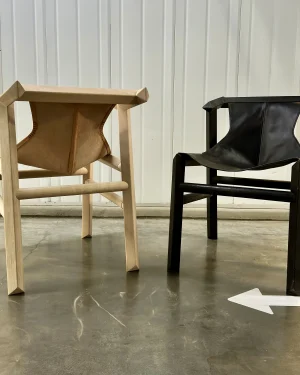 In stock
In stock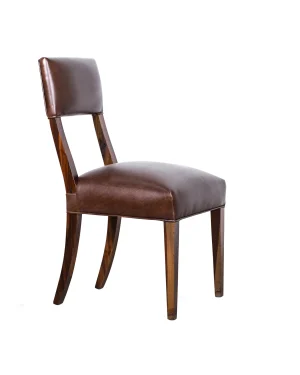 In stock
In stock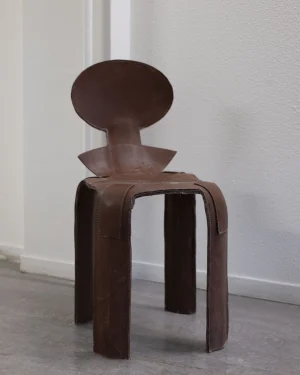 In stock
In stock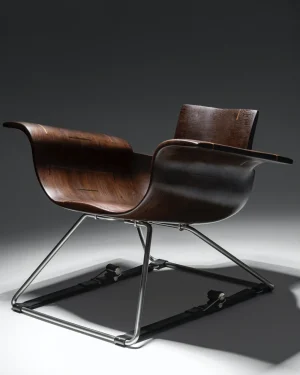
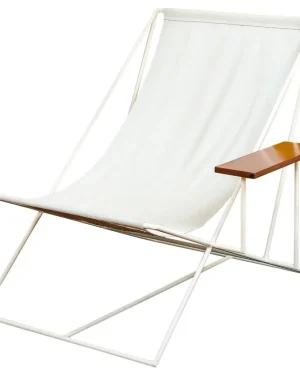

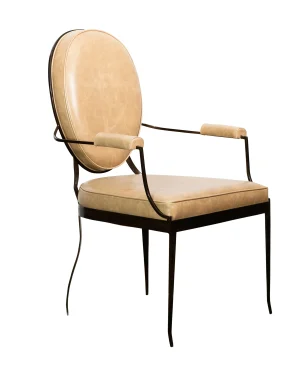


 In stock
In stock